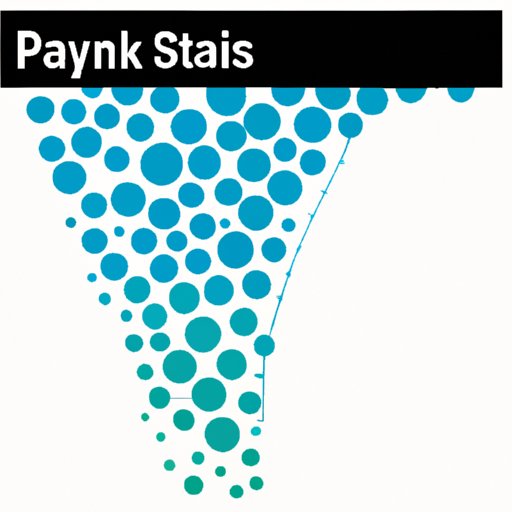Introduction
Data science is an area of study that involves the collection, exploration, analysis, and visualization of large and complex data sets. In order to effectively and efficiently tackle these tasks, many data scientists turn to programming languages like Python. Python is a popular and versatile language that has become a staple in the data science community. This article will explore what is Python for data science, along with the benefits, challenges, opportunities, and future trends associated with using Python for data science.
What is Python for Data Science?
Python is a high-level, general purpose programming language that is used for a wide range of applications, including web development, software engineering, scientific computing, and data science. Python is particularly useful for data science due to its robust libraries and tools. These libraries and tools provide powerful functions and capabilities that make it easy to collect, explore, analyze, and visualize data.

Exploring the Benefits of Python for Data Science
There are several benefits to using Python for data science. One of the main advantages is that Python is relatively easy to learn and use. Python is known for its intuitive syntax and code readability, which makes it much simpler to write and understand than other programming languages. Additionally, Python has a wide range of powerful libraries and tools specifically designed for data science tasks. These libraries and tools provide functions and capabilities that make it easier to collect, explore, analyze, and visualize data.
Python also has excellent support for numerical computing. This makes it ideal for performing complex mathematical calculations and statistical analyses. Furthermore, Python is open source and free to use, meaning that anyone can access and use it without any cost or licensing fees.

Learning Python for Data Science
In order to leverage the power of Python for data science, it is important to learn the basics of the language and become familiar with the most popular Python libraries used in data science. Popular Python libraries used in data science include NumPy, pandas, SciPy, scikit-learn, and matplotlib. These libraries provide powerful functions and capabilities for collecting, exploring, analyzing, and visualizing data.
There are a variety of resources available for learning Python for data science. Many universities and colleges offer courses in Python programming and data science. Additionally, there are numerous online tutorials and books available for those who wish to learn Python on their own. Finally, there are also several online communities and forums dedicated to helping people learn and use Python for data science.

Challenges and Opportunities of Using Python for Data Science
Using Python for data science comes with both challenges and opportunities. One of the common challenges of using Python for data science is the difficulty of debugging code. Since Python is a high-level language, it can be difficult to track down and fix errors in the code. Additionally, Python can be slow when dealing with large data sets or complex algorithms.
On the other hand, there are several potential opportunities for using Python for data science. For example, Python can be used to automate tedious tasks such as cleaning and transforming data. Additionally, Python can be used to develop custom machine learning models that can be used to generate insights from data. Finally, Python can be used to create interactive visualizations and dashboards that can be used to present data in an engaging and informative way.
Future Trends of Python for Data Science
The use of Python for data science is expected to continue growing in the future. According to a recent survey by Kaggle, 91% of data scientists said they use Python for data science tasks. Additionally, the survey found that Python was the most popular language among data scientists, followed by SQL and R.
In order to stay ahead of the curve, data scientists should continuously learn new techniques and technologies related to Python for data science. Additionally, data scientists should keep up to date with the latest trends and developments in the field. Finally, data scientists should take advantage of the vast array of resources available for learning Python for data science.
Conclusion
This article explored what is Python for data science, along with the benefits, challenges, opportunities, and future trends associated with using Python for data science. Python is a powerful and versatile language that is becoming increasingly popular among data scientists due to its robust libraries and tools. In order to leverage the power of Python for data science, it is important to learn the basics of the language and become familiar with the most popular Python libraries used in data science. Additionally, data scientists should stay up to date with the latest trends and developments in the field.
(Note: Is this article not meeting your expectations? Do you have knowledge or insights to share? Unlock new opportunities and expand your reach by joining our authors team. Click Registration to join us and share your expertise with our readers.)
